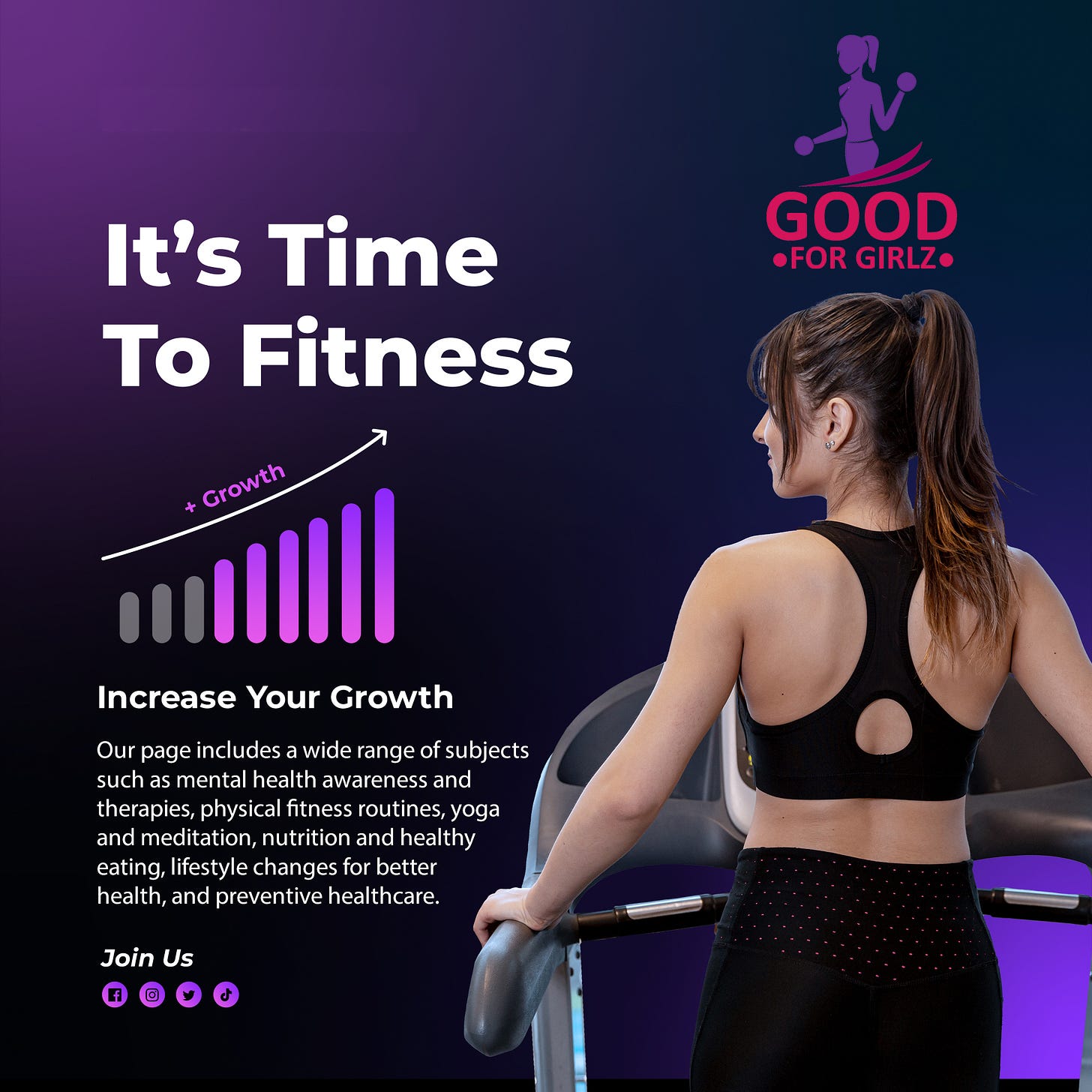In the bustling rhythm of modern life, finding a sanctuary for both mind and body is essential. Yoga emerges as a beacon of tranquility and flexibility, guiding us towards a harmonious balance. Today, we’re delving into the realm of beginner yoga routines specifically designed to enhance flexibility. Whether you’re new to the yoga mat or looking to deepen your practice, these routines offer a gateway to improved well-being and physical grace.

Embrace the Journey to Flexibility
The Foundation: Understanding Yoga’s Core
Beginner Yoga Routines for Flexibility
2. Vinyasa Flow for Dynamic Flexibility: Vinyasa Yoga offers a more dynamic practice, linking breath with movement. This flow is beneficial for building heat in the body and enhancing muscular flexibility. Incorporate poses such as Adho Mukha Svanasana (Downward-Facing Dog), Virabhadrasana (Warrior I and II), and Phalakasana (Plank Pose) to strengthen and stretch your body comprehensively.
3. Yin Yoga for Deep Stretch: Yin Yoga is a meditative approach that targets deep connective tissues, like ligaments and tendons. It involves holding poses for longer periods, usually three to five minutes, to promote flexibility and relaxation. Start with poses such as Balasana (Child’s Pose), Paschimottanasana (Seated Forward Bend), and Supta Baddha Konasana (Reclining Bound Angle Pose) for a profound stretch.





